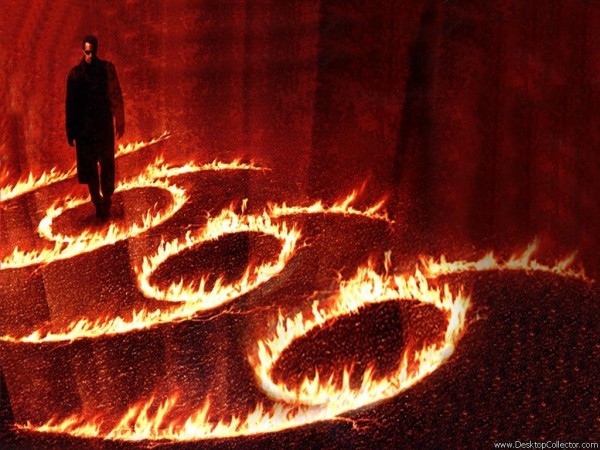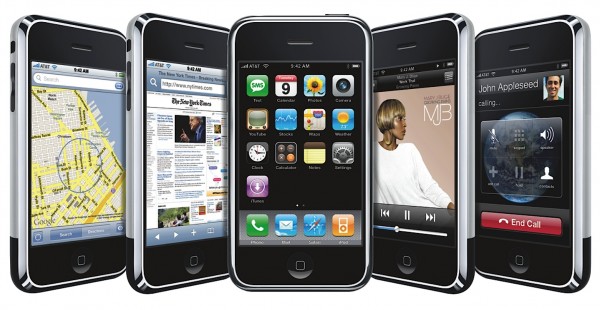5. Heliophobia – Fear of Sunlight (Vampire Madness)

Heliophobia is a problem that afflicts hundreds of people, but one that suffers from a lack of true research. The Pacific Health Center suggested that many people have been staying away from the sun because of growing fears about skin cancer. Sufferers of Heliophobia would keep out of the sun and would mostly be just thought of as ‘night owls’. They are terrified at the sight of daylight and tend to keep it as dark as possible. They stay in basements or cellers and spend an abnormal amount of time on in house activities. Television, movies and especially vampire stories have come quite handy in inflicting Heliophobia.
Heliophobia was considered a “telltale sign” of vampires in many cultures. So I guess the new twilight vibe can also inflict Heliophobia.
4. Hexakosioihexekontahexaphobia – Fear of #666

Hexakosioihexekontahexaphobia is a Greek word. It literally means “fear of six hundred sixty-six”. It is the fear that originated from the Biblical verse Revelation 13:18 which indicates that the number 666 is the Number of the Beast, linked to Satan or the Anti-Christ.
Outside the Christian faith, the phobia has been further popularized as a motif in various horror films. Hexakosioihexekontahexaphobes will strongly avoid things related to the number 666. A prominent example is Nancy and Ronald Reagan who, in 1989, when moving to their home in the Bel-Air section of Los Angeles, had the address of 666 St. Cloud Road changed to 668 St. Cloud Road. Some women also expressed concern on giving birth to a child on June 6, 2006 (abbreviated 6/6/06). The release of ‘The Omen’ on 6/6/06, along with other referrals to this number in films like ‘The number 23’ etc. are an example of Hollywood use of this number.
In 2006, the BBC listed hexakosioihexekontahexaphobia and its definition as fact #64 in its “100 things we didn’t know this time last year”.
3. Nomophobia – Fear of being out of mobile phone contact

Nomophobia is the fear of being out of mobile phone contact. The term, an abbreviation for “no-mobile-phone phobia”, was coined during a study by the UK Post Office who commissioned YouGov, a UK-based research organization to look at anxieties suffered by mobile phone users. The study found that nearly 53 percent of mobile phone users in Britain tend to be anxious when they “lose their mobile phone, run out of battery or credit, or have no network coverage”. The study found that about 58 percent of men and 48 percent of women suffer from the phobia, and an additional 9 percent feel stressed when their mobile phones are off.
The study compared stress levels induced by the average case of nomophobia to be on-par with those of “wedding day jitters” and trips to the dentists. More than one in two nomophobes never switch off their mobile phones.
2. Phobophobia – Fear of having a Phobia.
Deviant Art
Phobophobia is the fear of phobia(s), and more specifically, of the internal sensations associated with that phobia and anxiety. Phobophobia comes in between the stress the patient might be experiencing and the phobia that the patient has developed as well as the effects on his life, or in other words, it is a bridge between anxiety/panic the patient might be experiencing and the type of phobia he/she fears, creating an intense and extreme predisposition to the feared phobia. Nevertheless, Phobophobia is not necessarily developed as part of other phobias, but can be a important factor for maintaining them. Phobophobia differentiates itself from other kind of phobias by the fact that there is no environmental stimulus per se, but rather internal dreadful sensations similar to psychological symptoms of panic attacks.
1. Telephone phobia – Fear of making or taking phone calls.

Telephone phobia (telephonophobia, telephobia) is reluctance or fear of making or taking phone calls, literally, “fear of telephone”.
Sufferers typically report fear that they would fail to respond appropriately in a telephone conversation, and fear finding nothing to say, which would end in embarrassing silence, stammering, or stuttering. The associated avoidance behavior includes asking others (e.g., relatives at home) to take their phone calls and exclusive use of answering machines. As a result, the sufferers avoid many activities, such as scheduling events or clarifying information.
As it is common with various fears and phobias, there is a wide spectrum of severity of the fear of phone conversations and the corresponding difficulties. In 1993 it was reported that about 2.5 million of people in Great Britain have telephone phobia.